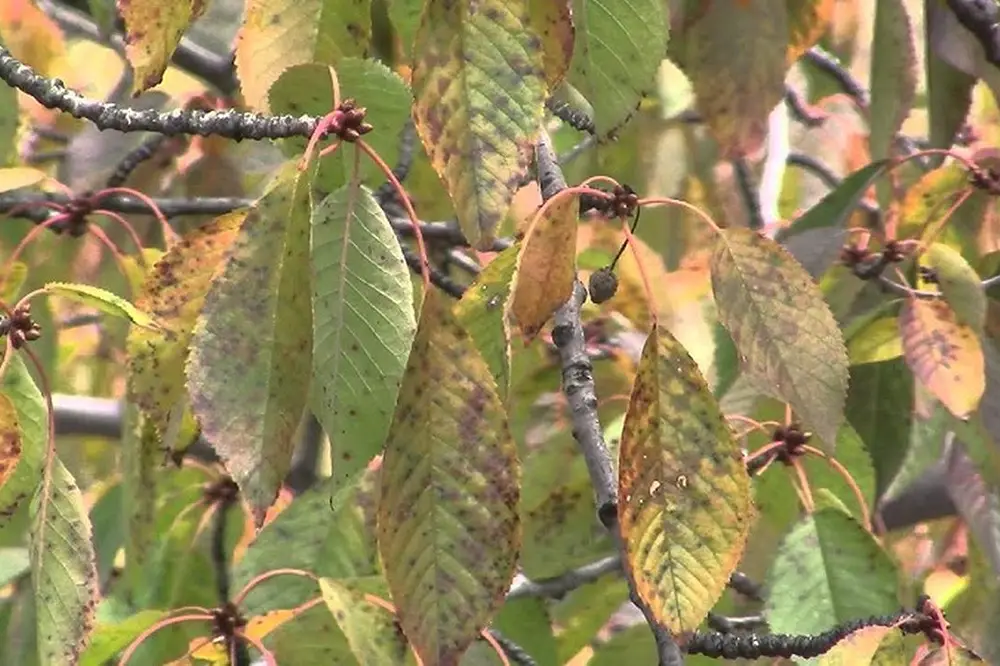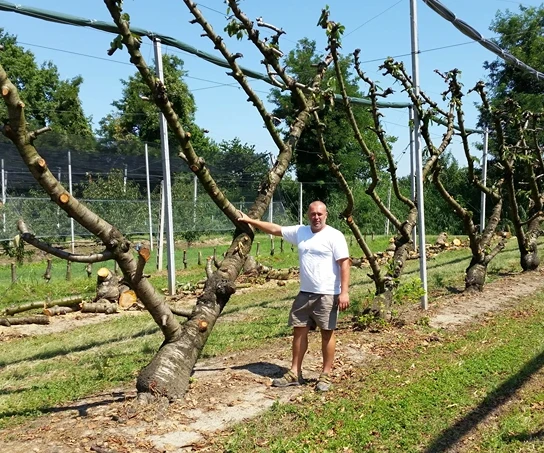Michigan cherry growers faced a challenging year with cherry leaf spot, a major fungal disease. Frequent rains and fungicide resistance made control difficult, leading to high costs and poor results. Growers who sprayed early and often, ensuring excellent coverage, fared better.
MSU's Research to the Rescue
Michigan State University (MSU) researchers, led by George Sundin, are working to combat fungicide resistance in cherry leaf spot. The fungus produces massive amounts of spores, increasing the chances of resistance development. Several effective fungicides have become obsolete due to resistance, leaving growers with fewer options.
 Severe attack of cherry leaf spot (source: Foglie TV - SL FRUIT SERVICE)
Severe attack of cherry leaf spot (source: Foglie TV - SL FRUIT SERVICE)
Copper as a Promising Solution
MSU trials have shown that certain copper-based fungicides, specifically Badge X2, Badge SC, and Kocide 3000, are effective against cherry leaf spot. Captan, another fungicide, also performed well. Researchers found that not all copper products are equal in efficacy, highlighting the importance of product selection.
Key Takeaways
- Cherry leaf spot is a major challenge for Michigan growers due to fungicide resistance and weather conditions.
- MSU research has identified effective copper-based fungicides as a promising solution.
- Growers should prioritize early and frequent spraying, excellent coverage, and proper product selection for optimal disease control.
Read full article on GrowingProduce
Cherry Times - All rights reserved













